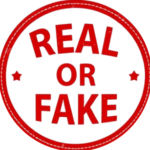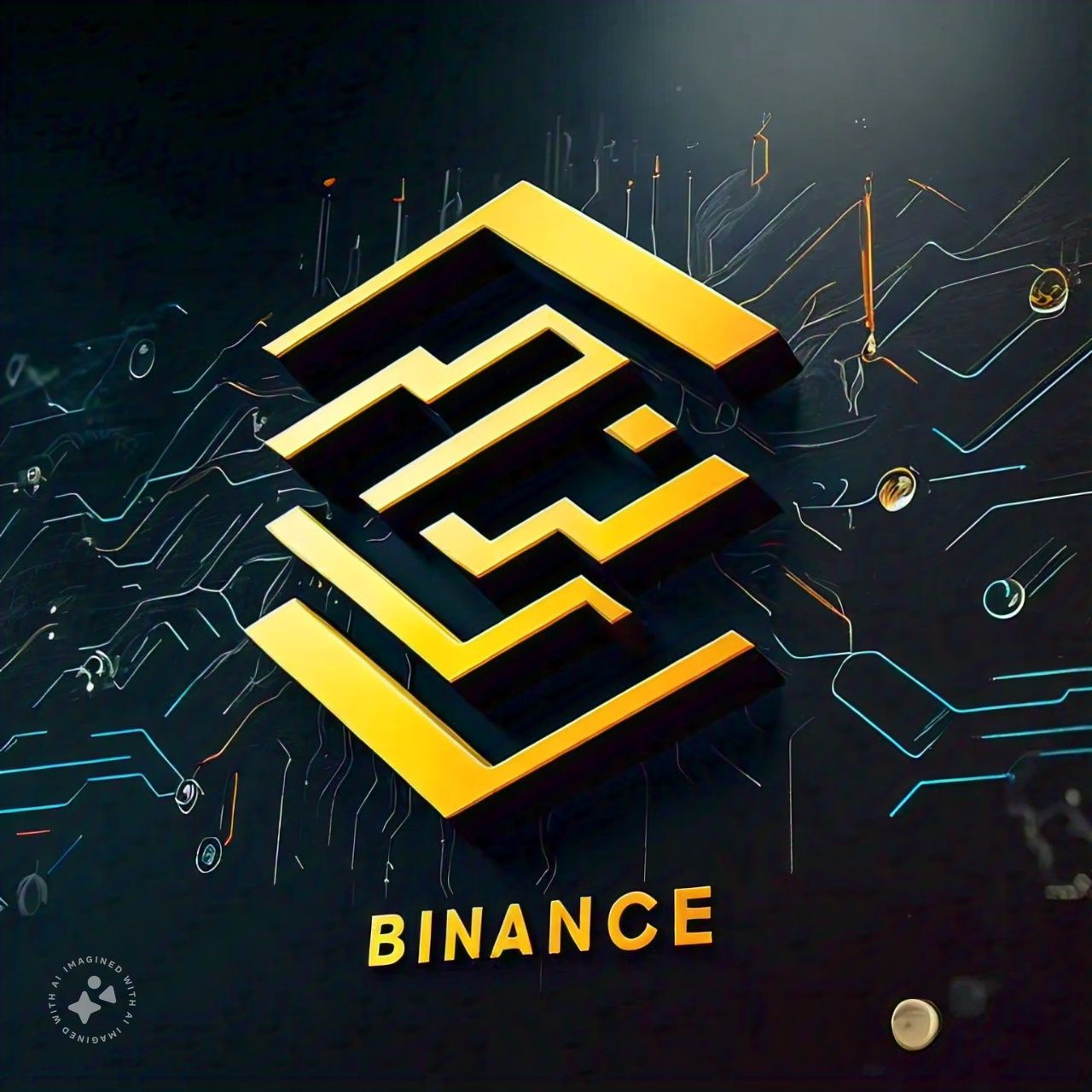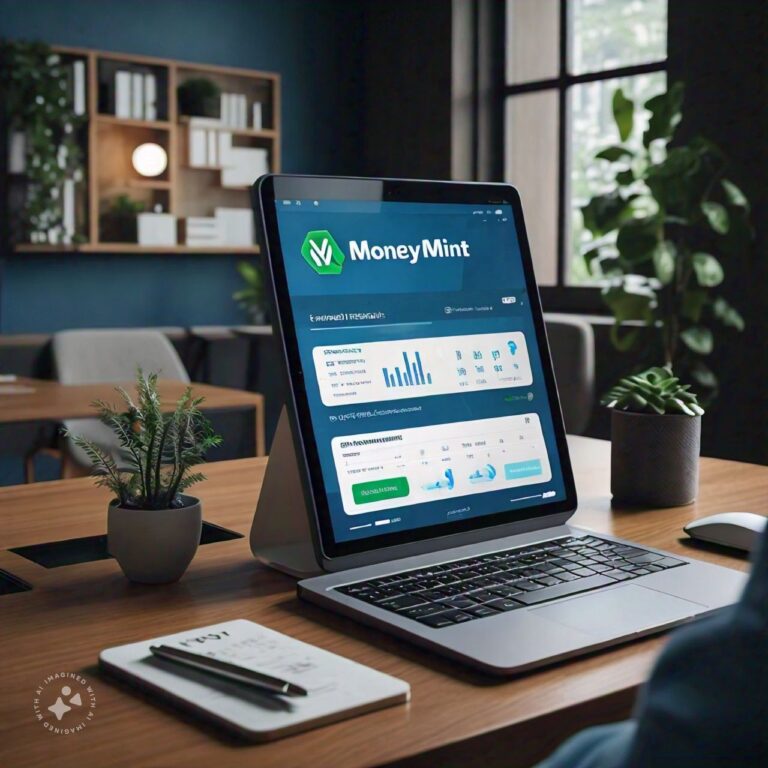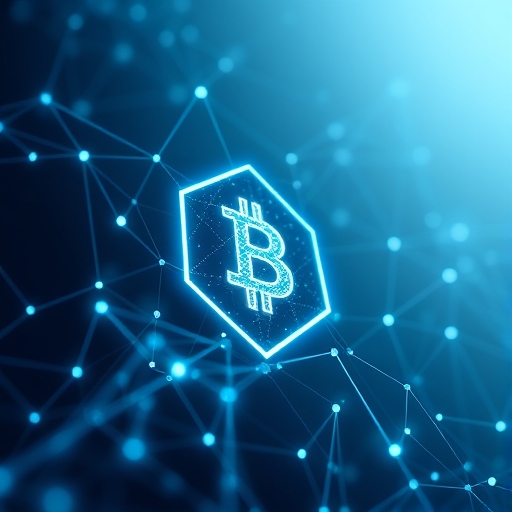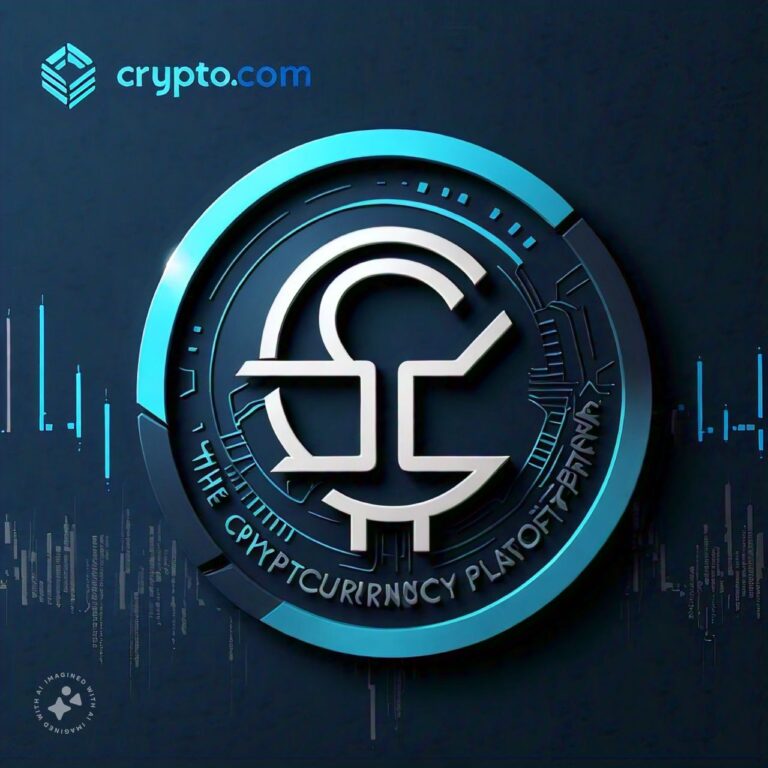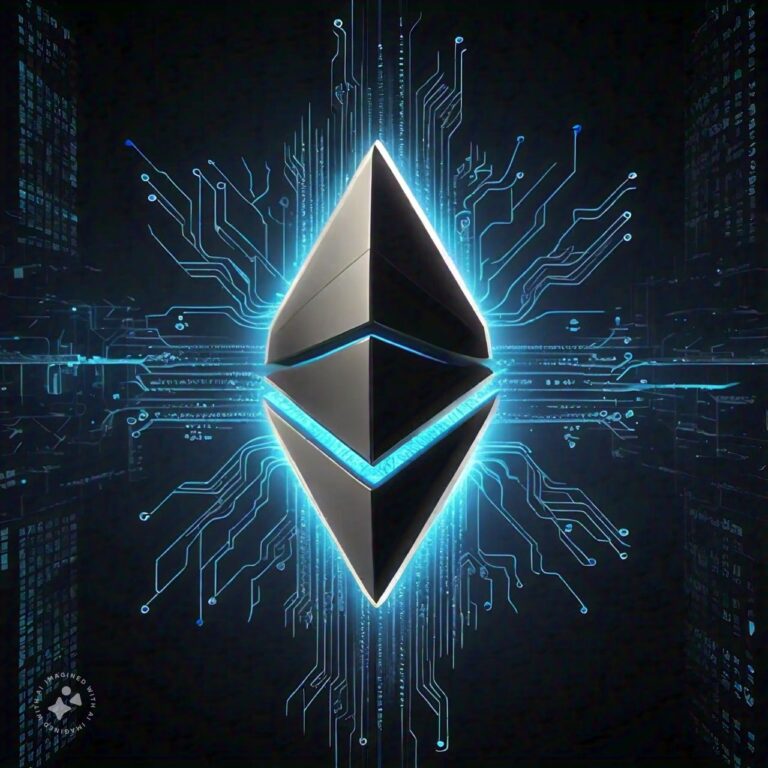Binance is Real or Fake
Binance’s global reach, wide variety of offerings, and commitment to innovation have made it a major player in the crypto world. ,Binance is Real or Fake potential users should be aware of the risks involved in cryptocurrency trading and consider the platform’s regional availability, as regulations vary by country.
What is Binance?
Binance is a global cryptocurrency exchange platform that allows users to buy, sell, and trade a wide range of digital assets, including popular cryptocurrencies like Bitcoin (BTC), Ethereum (ETH), and many others. Founded in 2017 by Changpeng Zhao (often referred to as “CZ”), Binance quickly grew to become one of the largest and most popular cryptocurrency exchanges in the world due to its low trading fees, extensive selection of trading pairs, and high liquidity.
key features Binance is Real or Fake
Here are some of the key features and offerings of Binance:
1. Spot Trading
- Binance’s main service is spot trading, where users can trade between different cryptocurrencies at market prices.
- It supports a wide variety of cryptocurrencies and trading pairs, appealing to both beginners and seasoned traders.
2. Futures and Margin Trading
- Binance offers futures trading with leverage, allowing users to speculate on the future price of cryptocurrencies with the potential for higher gains (and higher risk).
- Margin trading is also available, enabling users to borrow funds to increase their trading position size.
3. Binance Coin (BNB)
- Binance has its own native cryptocurrency called Binance Coin (BNB), which started as an Ethereum-based token and later migrated to Binance’s own blockchain, Binance Chain.
- BNB can be used to pay for trading fees at a discounted rate on Binance and serves as the utility token for various applications on the Binance platform.
4. Staking and Savings
- Binance provides staking services, allowing users to earn rewards by holding and staking certain cryptocurrencies directly on the platform.
- It also offers savings accounts for users to earn interest on idle assets.
5. Binance Smart Chain (BSC)
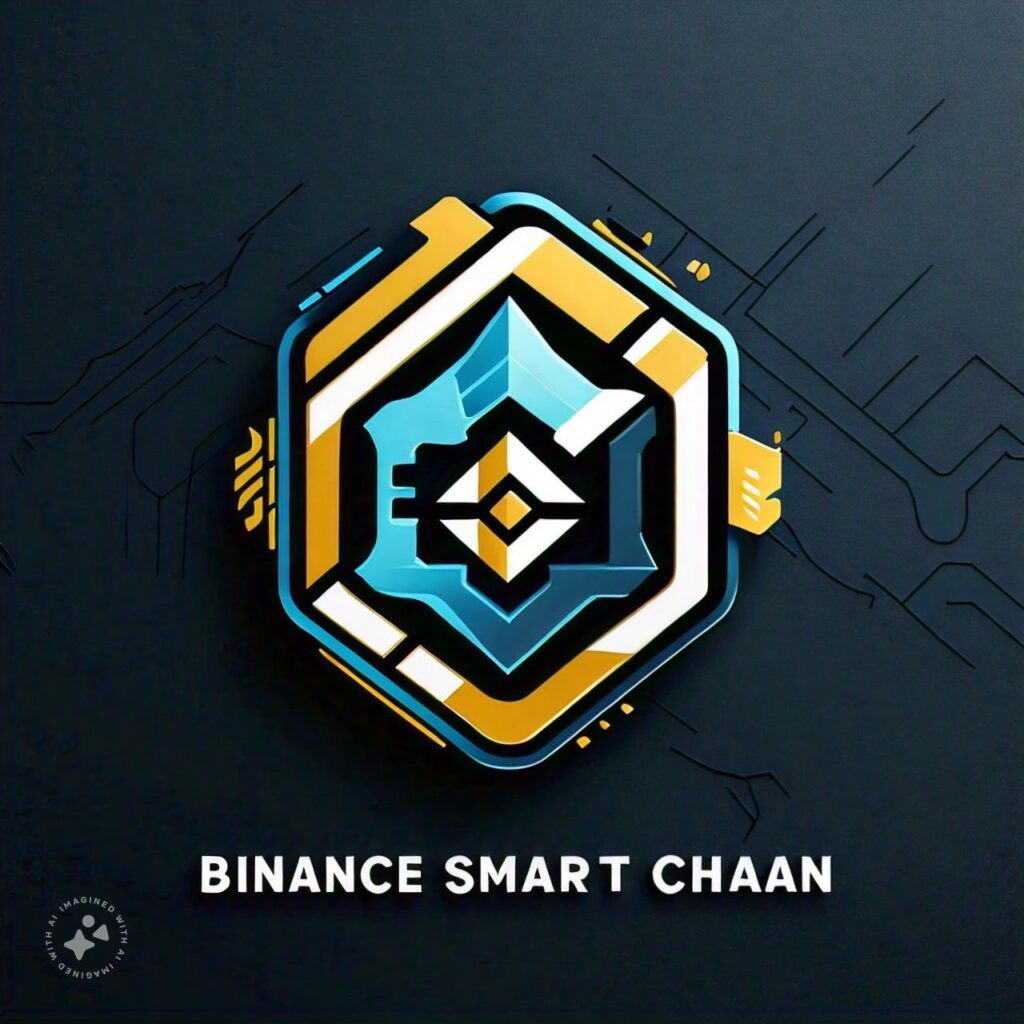
- Binance developed its own blockchain, Binance Smart Chain, which supports smart contracts and decentralized applications (DApps).
- BSC has become popular for decentralized finance (DeFi) applications and non-fungible tokens (NFTs).
6. Binance Labs and Launchpad
- Binance Labs is the venture capital arm of Binance that invests in blockchain and cryptocurrency projects.
- Binance Launchpad is a platform for launching new tokens through Initial Coin Offerings (ICOs) or Initial Exchange Offerings (IEOs), giving users early access to new projects.
7. Security and Compliance
- Binance employs multiple security measures like two-factor authentication (2FA) and anti-phishing codes.
- However, it has faced regulatory challenges in several countries, leading it to improve its compliance efforts and develop relationships with regulatory authorities.
Binance is Real or Fake
Binance is a real and legitimate cryptocurrency exchange and one of the largest in the world. Founded in 2017, it has millions of users globally and offers a wide range of services beyond just buying and selling crypto, such as futures trading, staking, and a blockchain called Binance Smart Chain.
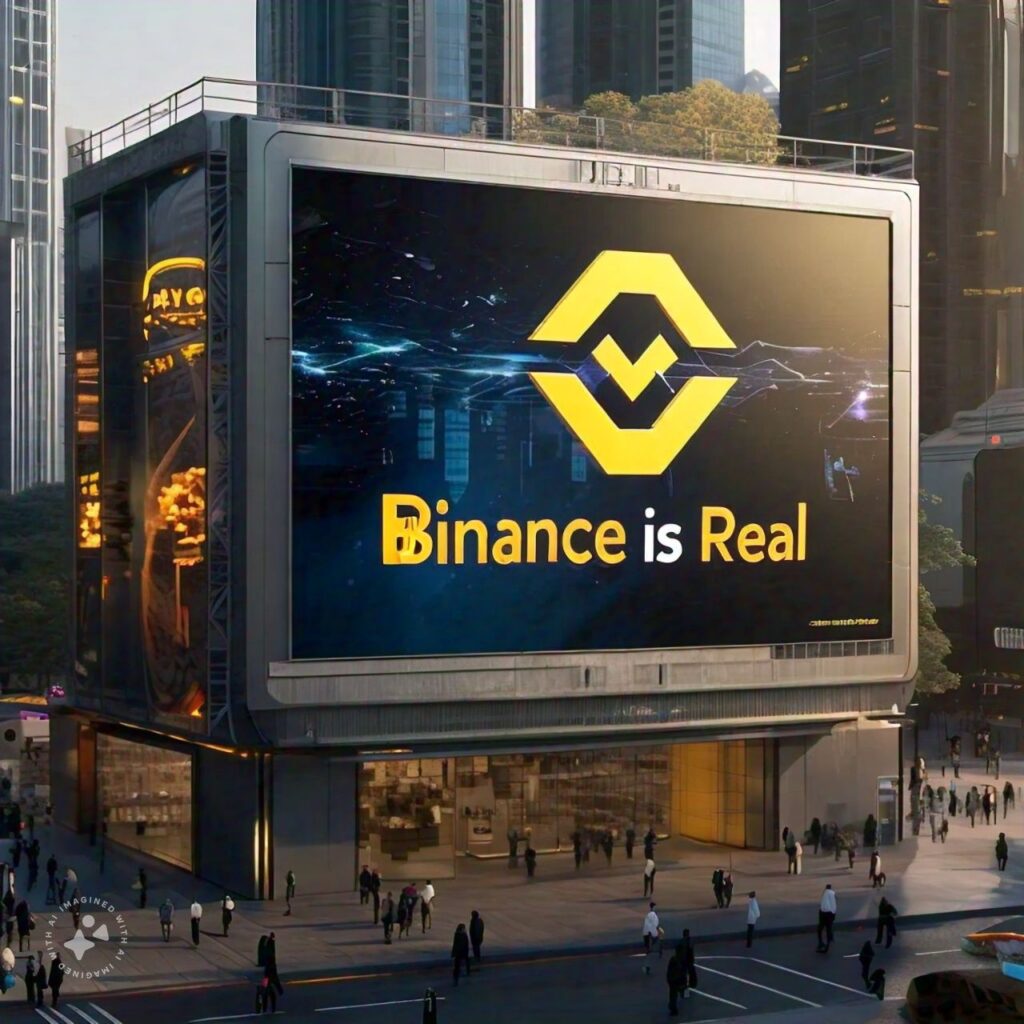
How You Can Verify Binance’s Legitimacy:
- Reputation and Size: Binance is well-known in the cryptocurrency space, with millions of users worldwide and a large social media presence. Its native token, Binance Coin (BNB), is widely traded and used.
- Regulatory Status: Binance is working to meet regulatory requirements in multiple countries. However, regulatory scrutiny and policies vary by country, and Binance has been banned or restricted in some places (such as the U.S. state of New York). In response, Binance has taken steps to comply with regulations, including setting up local versions like Binance.US.
- Security: While Binance experienced a security breach in 2019, it has since taken extensive measures to improve security, including launching an insurance fund (SAFU – Secure Asset Fund for Users) to protect users in case of future breaches.
- Transparency: Binance openly communicates through its official website, social media channels, and regular announcements about updates, partnerships, and regulatory matters. Changpeng Zhao (CZ), the founder, is active on social media and frequently engages with the community.
- Available Services: Binance offers a range of real services like spot trading, futures, staking, and lending. Users can verify these offerings by accessing the Binance app or website, and they can read user reviews to confirm others’ experiences.
Beware of Scams Pretending to Be Binance
Since Binance is so popular, many scammers create fake websites, customer service accounts, and phishing scams pretending to be Binance. To stay safe:
- Only use the official Binance website (
binance.comor the official regional variant). - Avoid clicking on random links claiming to offer “Binance support.”
- Enable two-factor authentication (2FA) to secure your account.
In summary, Binance is a real platform, but you need to ensure you’re dealing with the official website and beware of scams impersonating the platform.
How Does it Works?
Binance works as an online platform where users can buy, sell, and trade cryptocurrencies. Here’s a step-by-step overview of how Binance operates and the main services it offers:
1. Account Setup
- To get started, users create an account on Binance by providing an email address and setting up a password.
- For additional security, Binance requires identity verification (known as KYC or Know Your Customer) for most services, which involves submitting personal information and a government-issued ID.
- Users are encouraged to set up Two-Factor Authentication (2FA) to protect their accounts.
2. Depositing Funds
- Users can fund their Binance account using cryptocurrencies or fiat currency (like USD, EUR, etc.).
- For crypto deposits, users generate a wallet address on Binance for a specific cryptocurrency (e.g., Bitcoin) and transfer funds from an external wallet.
- For fiat deposits, Binance supports various payment methods such as bank transfers, credit cards, and third-party services, depending on the user’s location.
3. Trading Cryptocurrencies
Binance offers various trading options, including:
- Spot Trading: Users can trade cryptocurrencies directly in real-time, choosing from many trading pairs (e.g., BTC/ETH, BTC/USDT). Binance has an order book where users place buy or sell orders, which are matched with other users’ orders.
- Margin Trading: Allows users to borrow funds to trade larger amounts, amplifying both potential profits and losses.
- Futures Trading: Users can speculate on the future price of a cryptocurrency using leverage. Binance Futures lets users buy “long” (betting the price will rise) or “short” (betting it will fall).
- Binance Convert: A simple way to instantly convert one cryptocurrency to another without using the spot market, good for quick transactions.
4. Staking and Savings
- Binance offers staking services, allowing users to earn rewards by holding certain cryptocurrencies. Staking supports networks that rely on “proof of stake,” which rewards users for helping secure the network.
- Savings options let users earn interest by lending their crypto to Binance, which Binance can use to fund loans for other users.
5. Binance Smart Chain (BSC)
- Binance developed its own blockchain network, Binance Smart Chain, which supports smart contracts, decentralized apps (DApps), and NFTs.
- BSC has become popular for decentralized finance (DeFi) applications and provides an alternative to the Ethereum blockchain with lower transaction fees.
6. Initial Exchange Offerings (IEO) and Launchpad
- Binance Launchpad is a platform where users can invest in new blockchain projects before they are listed on Binance.
- Initial Exchange Offerings (IEOs) allow users to buy tokens for new projects, similar to an IPO in traditional finance.
7. Security Measures
- Binance uses multiple security measures, including 2FA, address whitelisting, and anti-phishing codes.
- For added safety, Binance operates a fund called SAFU (Secure Asset Fund for Users) to cover losses in case of unexpected breaches.
8. Withdrawals
- Users can withdraw funds from Binance by transferring crypto to an external wallet.
- Fiat withdrawals are also supported in certain countries through bank transfers or third-party services.
9. Fees
- Binance charges fees for trades, withdrawals, and other services. These fees vary depending on the trading type, volume, and whether users hold Binance Coin (BNB), which can give discounts on trading fees.
Conclusion
In conclusion, Binance is a comprehensive cryptocurrency exchange that allows users to engage in various activities related to digital assets, including buying, selling, trading, and investing. It offers a broad range of services beyond simple trading, such as staking, futures trading, and access to new blockchain projects. Binance’s security features and regulatory efforts make it a reliable platform for cryptocurrency transactions, though users should always exercise caution and ensure they use official channels to avoid scams.
Overall, Binance provides an extensive, user-friendly ecosystem for both beginners and experienced traders, supporting everything from basic crypto purchases to advanced financial strategies in the crypto world.
Frequently Asked Question
Here are some frequently asked questions about Binance:
1. Is Binance Safe to Use?
- Binance is generally safe, with multiple security measures in place, such as Two-Factor Authentication (2FA), withdrawal address whitelisting, and anti-phishing codes. Additionally, Binance has a Secure Asset Fund for Users (SAFU) to protect users in case of unexpected losses. However, users should enable all security features and practice safe account management.
2. How Do I Deposit Money into Binance?
- Binance allows deposits in both cryptocurrencies and, in some regions, fiat currencies (e.g., USD, EUR). For crypto, users can transfer from an external wallet. For fiat, Binance supports options like bank transfers, credit/debit cards, and third-party services, depending on location.
3. What Is Binance Coin (BNB), and How Can I Use It?
- Binance Coin (BNB) is Binance’s native cryptocurrency. It’s used to pay for trading fees at a discount, participate in certain investments, and engage in decentralized applications on the Binance Smart Chain (BSC). BNB also has uses within the Binance ecosystem, such as for token sales on Binance Launchpad.
4. What Is the Difference Between Binance and Binance.US?
- Binance.US is a separate, US-compliant version of Binance that offers services in the United States, excluding certain states. It provides a limited set of features and trading pairs compared to the main Binance platform due to U.S. regulations.
5. Does Binance Have a Mobile App?
- Yes, Binance offers a mobile app for both iOS and Android. The app supports most of the website’s features, including spot trading, futures, staking, and managing account security.
6. What Are the Trading Fees on Binance?
- Binance charges a standard 0.1% fee for spot trades, which can be reduced if users pay fees with Binance Coin (BNB). Fees may vary for futures trading, margin, and other services.
7. What Is Binance Smart Chain (BSC)?
- Binance Smart Chain is a blockchain developed by Binance to support decentralized applications, smart contracts, and low-fee transactions. It’s popular for decentralized finance (DeFi) projects and non-fungible tokens (NFTs) and provides a low-cost alternative to Ethereum.
8. What Is Staking on Binance?
- Staking allows users to earn rewards by holding certain cryptocurrencies on Binance, which helps secure the networks of those cryptocurrencies. Binance offers staking for various coins, and rewards vary depending on the coin and staking period.
9. How Do I Withdraw Money from Binance?
- To withdraw, users can transfer crypto assets to an external wallet. For fiat, Binance supports bank transfers and other methods, depending on the user’s location and the currency.
10. What Is Binance Launchpad?
- Binance Launchpad is Binance’s token launch platform, where users can invest in new cryptocurrency projects before they’re publicly listed. Launchpad offers early access to tokens through Initial Exchange Offerings (IEOs), similar to IPOs in the stock market.
11. What Do I Do if I Encounter a Problem on Binance?
- Binance has a support center with resources and an option for live chat with customer support. Users can also access FAQs and guides on the Binance website for troubleshooting common issues.
12. How Can I Avoid Scams Related to Binance?
- To avoid scams, only use the official Binance website or app, enable security measures like 2FA, and avoid clicking on unsolicited links. Binance will never ask for your account password or private keys.
